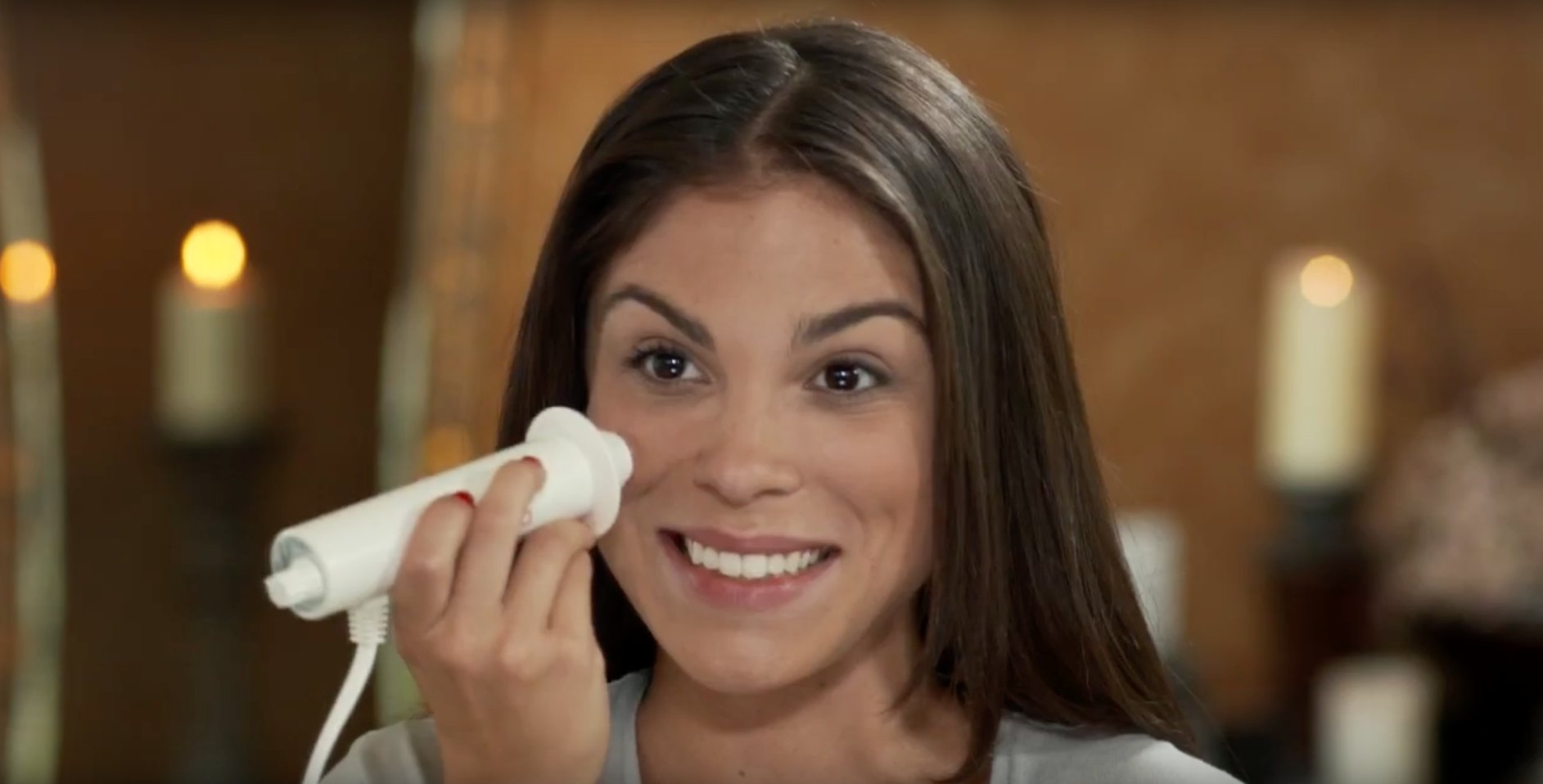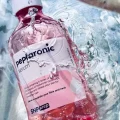The beauty industry is no stranger to innovative products promising miraculous results. One such product that garnered both popularity and controversy is the DermaWand. Marketed as a non-invasive alternative to expensive cosmetic procedures, the DermaWand claims to reduce the signs of aging, wrinkles, and fine lines by using radiofrequency technology.
However, recent concerns have arisen about the safety of this device, with some raising questions about its potential link to cancer. In this article, we will delve into the DermaWand cancer warning, exploring the facts, risks, and expert opinions surrounding this issue.
What is DermaWand?
The DermaWand is a handheld skincare device that claims to provide a non-invasive and at-home alternative to professional spa treatments. It is designed to improve the appearance of the skin by reducing the signs of aging, such as wrinkles and fine lines. The device utilizes radiofrequency technology, which emits gentle electrical impulses to stimulate the skin’s surface. This process is said to increase blood flow, promote collagen production, and tighten the skin, leading to a smoother and more youthful complexion.
The DermaWand is easy to use, with a simple on/off switch and adjustable intensity settings. Users are instructed to apply the device to clean skin, moving it in a circular motion over target areas. Many proponents of the DermaWand claim that regular use can result in noticeable improvements in skin texture and firmness. Additionally, some users report that the device can reduce the appearance of large pores and improve overall skin tone.
How DermaWand works
DermaWand handheld skincare device uses radiofrequency technology to improve the appearance of the skin. The device is designed to provide a non-invasive and at-home alternative to professional spa treatments. Here’s how the DermaWand works:
- Radiofrequency Technology: The key technology behind the DermaWand is radiofrequency (RF). When the device is turned on, it emits gentle electrical impulses at a high frequency. These RF waves are directed towards the skin’s surface, where they create a thermal effect. The thermal energy generated by the RF waves penetrates the skin’s outer layer, stimulating the underlying tissues.
- Stimulation of Blood Flow: The thermal energy from the RF waves stimulates blood circulation in the treated areas. Improved blood flow brings more oxygen and nutrients to the skin, promoting overall skin health.
- Collagen Production: One of the main benefits of the DermaWand is its ability to promote collagen production. Collagen is a protein that provides structure and elasticity to the skin. As we age, collagen production naturally decreases, leading to the formation of wrinkles and fine lines. The RF waves from the DermaWand help to trigger collagen synthesis, which can result in firmer, smoother, and more youthful-looking skin over time.
- Tightening of the Skin: The increased collagen production, along with improved circulation, can lead to skin tightening effects. This may help reduce the appearance of sagging skin and make the skin look more toned.
- Enhancing Skincare Absorption: The DermaWand is often used in conjunction with skincare products like serums or moisturizers. The radiofrequency waves can enhance the absorption of these products, allowing them to penetrate deeper into the skin, potentially increasing their effectiveness.
It’s important to note that individual results may vary, and the effectiveness of the DermaWand depends on factors such as age, skin type, and the specific skin concern being addressed. For those considering using the DermaWand, it’s always advisable to follow the manufacturer’s instructions, consult with a skincare professional if needed, and be patient, as visible improvements may take time with regular use.
Does DermaWand cause cancer?
The primary concern regarding the DermaWand’s safety arose from a viral social media post claiming a link between the device and an increased risk of cancer. The post, which spread rapidly, led to significant anxiety among users and potential buyers of the product.
However, it is essential to understand that social media posts are not always rooted in scientific evidence. Many such posts exaggerate claims or present incomplete information. Therefore, it is crucial to investigate further and seek out reliable sources before drawing any conclusions.
There were no known or reported direct links between using the DermaWand and the development of cancer. The device is generally regarded as safe when used according to the manufacturer’s instructions and for its intended purpose, which is to provide non-invasive skincare treatments using radiofrequency technology.
The radiofrequency energy emitted by the DermaWand is relatively low and is not known to be a significant cancer risk. Radiofrequency devices have been used in various medical and cosmetic procedures for many years, and there is no conclusive evidence suggesting that they cause cancer when used appropriately.
The Scientific Perspective
A comprehensive study aimed to explore the effects of non-ablative and ablative radiofrequency (RF) treatments on various skin types examined existing research and clinical data to draw meaningful conclusions regarding the impact of these treatments on skin rejuvenation and enhancement.
The results of the study indicated that both non-ablative and ablative RF treatments were effective in rejuvenating and improving the features of the skin across all skin types. These treatments showed promising results in reducing the appearance of fine lines, wrinkles, and age spots. Additionally, they contributed to overall skin tightening and increased collagen production, which are essential for maintaining a youthful and healthy complexion.
Furthermore, researchers observed that non-ablative and ablative RF treatments were well-tolerated by individuals of different ethnicities and skin tones. This is particularly significant as some aesthetic procedures may be less suitable for certain skin types due to potential risks of hyperpigmentation or scarring. However, findings suggest that RF treatments offer a safe and inclusive option for skin rejuvenation.
It is crucial to highlight that individual responses to RF treatments may vary, and the extent of improvement may depend on factors such as age, skin condition, and the specific RF technology utilized. Additionally, proper patient selection, skilled administration, and adherence to post-treatment care are essential for maximizing the benefits and minimizing any potential risks associated with these procedures.
Ensuring Safety While Using the DermaWand
- Consult a Dermatologist: Before using the DermaWand or any other at-home beauty device, it is essential to consult a dermatologist or a medical professional. They can assess your skin type, discuss potential risks, and advise you on whether the product is suitable for your specific needs.
- Follow Instructions Carefully: If you decide to use the DermaWand, make sure to read and follow the manufacturer’s instructions diligently. Avoid using the device on sensitive or damaged skin, and use it only as frequently as recommended.
- Patch Test: Before using the device on a larger area, perform a patch test on a small, inconspicuous area of your skin to check for any adverse reactions.
- Avoid Overuse: Excessive use of the DermaWand or any other similar device may cause skin irritation and damage. Stick to the recommended usage guidelines and avoid applying excessive pressure on the skin.
- Monitor Your Skin: Pay close attention to how your skin responds to the treatment. If you notice any unusual reactions or prolonged irritation, discontinue use immediately and consult a healthcare professional.
Conclusion
While concerns about the DermaWand’s potential link to breast cancer and other types of cancer have circulated on social media, there is currently no credible scientific evidence supporting this claim. However, like any beauty device or treatment, it is crucial to use the DermaWand responsibly and in consultation with a dermatologist or medical professional. Ultimately, each individual’s skin is unique, and what works for one person may not work for another. If you have any doubts or concerns about using the DermaWand, seek professional advice to ensure your safety and well-being.






